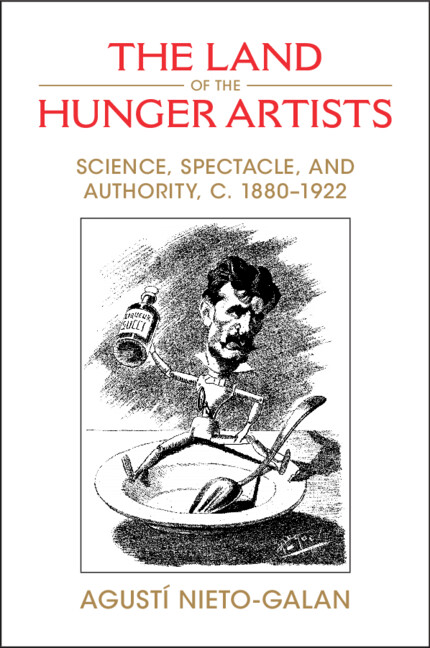In the late nineteenth century, many attributed the longevity of the famous French chemist Michel Eugène Chevreul (1786-1889) – 103 years old! – to his abiding frugality. Some doctors even appropriated Chevreul’s case to convince their fellow citizens to eat less, to change their nutritional habits. Others reacted bitterly against this thesis. In the time of Les Miserables, with millions suffering from poverty and malnutrition in industrial cities, therapeutic frugality could be perceived as a provocation, a bourgeois frivolity, and an insult to social justice and equality. But despite these controversies, issues on diet, hunger and fasting played a key role in scientific circles and the public sphere. In fact, long before the nineteenth century, they had accompanied our civilization and are still a source of debate today. In my case, growing up in a Mediterranean country with a reasonably healthy dietary tradition, I never felt concerned about the therapeutics of frugality. Moreover, in our secular times, the moral and religious value of abstinence from food seems quite outmoded. Today, interest in frugality, diet, and even in intermittent fasting, is mainly associated with the aesthetics of the body. It also contributes to the growing criticism against industrial, artificial foods, which fill our stomachs with chemicals and dangerous fats, and dramatically decrease the daily consumption of fresh fruits and vegetables.
Food controversies apart, I never thought that one day, all these issues would become an important aspect of my research as historian, nor that I would spend more than ten years working on the case of the odd characters that went for weeks without food, exhibited themselves in public, and even inspired Franz Kafka to write one of his best-known short stories. While working on the history of the 1888 Barcelona International Exhibition, I came across an intriguing sentence in a marginal footnote which stirred my curiosity. It mentioned the case of an Italian faster, named “Succi”, who stayed in the Conference Hall of the Science Pavilion for thirty days without eating and only drinking liquids. I found some articles which considered that fast as a potential fraud, an insult to the prestige of a ‘cathedral of rational, objective knowledge’ such as the science pavilion of a world fair. Why did that mysterious ‘charlatan’ go thirty days without food in a science pavilion at an international exhibition? Was he part of the freak shows, panoramas, and electrical spectacles, or was Succi an object of real interest for scientific study? These questions became the main driving force for the writing of my book.
In 1922, Franz Kafka wrote the short story Hungerkünstler (A Hunger Artist) describing the loneliness of an artist, a hunger artist, whose exhibition in a cage seemed to have lost the interest of the public to the point that the circus impresario replaced him with a black panther in order to attract new visitors. Kafka witnessed the rise and fall of the hunger artists’ performances of his time. He reflected on the fragility of the artist in general, and of hunger artists in particular, once the public interest in the performance declined. Kafka probably saw the famous Italian hunger artist Giovanni Succi fasting in public in one of his travelling performances. But this was not the only case. It was striking to discover that there were many Succis, both men and women, that constituted a land of the hunger artists, a strange territory that transcended local and national borders to become a transnational, global entity. This is precisely the fascinating story of my book. It is a journey to a land that included exotic adventures, international exhibitions, towers, cathedrals, theatres, cinemas, parks, avenues, that acted as active containers for the performances and shaped the contemporary knowledge of hunger, inanition, and starvation. This is a story that also questions dietary decisions and food culture today, in our present global times.

Latest Comments
Have your say!